Beginning cooks know it well: cooking protein right can be the easiest thing in the world or a terrible fiasco. Since protein is the nutrient we consume the most daily (between 10 and 35 percent of the calories we eat), clarifying this matter is a priority need.
Although cooking meat is a simple process, a lack of experience can lead to confusing tradeoffs and common mistakes. For example, do we know how to prepare a juicy steak? What cut of meat is the best? What is cross contamination? Or even something simpler like knowing at what point the turkey of a hamburger should be?
Learn how you should cook the 5 fundamental sources of protein, going through the process from purchase to its correct preparation.
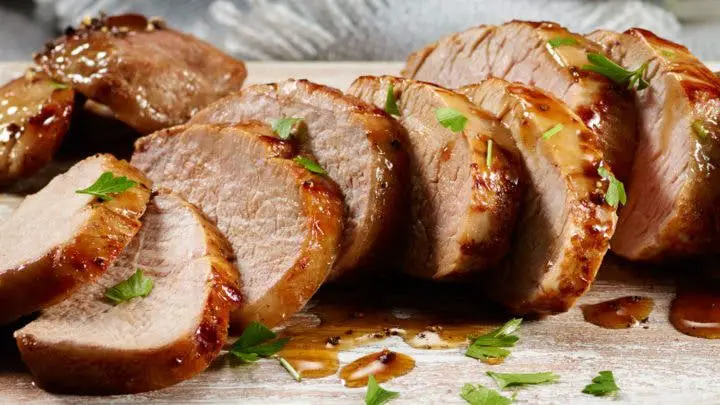
Guide to properly cooking protein
1. Cook the chicken
As a source of protein, chicken is quite nutritious (it contains about 25 grams of protein per 85 grams), as well as being very versatile and easy to cook. Chicken also contains iron, potassium and vitamin A. All this, mixed with the fact that it is low in fat and very easy to digest, make it an essential food. There are different variants of chicken such as Moroccan or Thai.
1.1 How to buy chicken?
If you are watching your calorie intake, it is best to stay away from the thighs, as it is the part of the chicken where the most fat is stored . However, in this part there are also the greatest sources of myoglobin, a fundamental protein for oxygen in the blood, with which consuming the thighs from time to time is not too much.
It is best to buy the chicken giving priority to the breast, since it stores the highest amount of low-fat protein. If you are also one of those who are careful about additives and chemicals, choosing an organically raised chicken will be ideal.
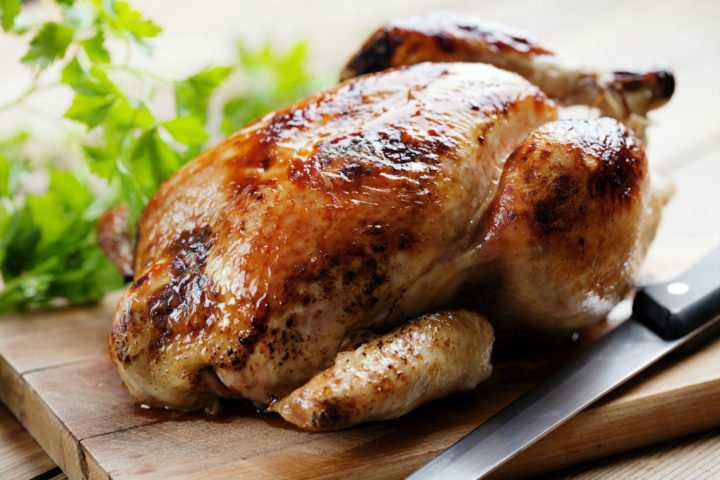
1.2 How to prepare the chicken?
Despite all the benefits it raises, chicken protein is accompanied by a fundamental risk factor: salmonella .
To avoid salmonella, many wash the chicken before handling it; however, it has been suggested that doing this only spreads the bacteria further.
These tips will be much more useful to you:
- After cleaning chicken and before handling other food (especially other protein), wash your hands with apple cider vinegar instead of using a traditional detergent or disinfectant. This will prevent cross contamination .
- The chicken needs to reach 160ºC to be completely done, especially if it is cooked on the grill or in the oven.
- Overcooking the chicken or at a higher temperature will cause it to dry out. Be carefull with that. A thermometer to control that would not hurt.
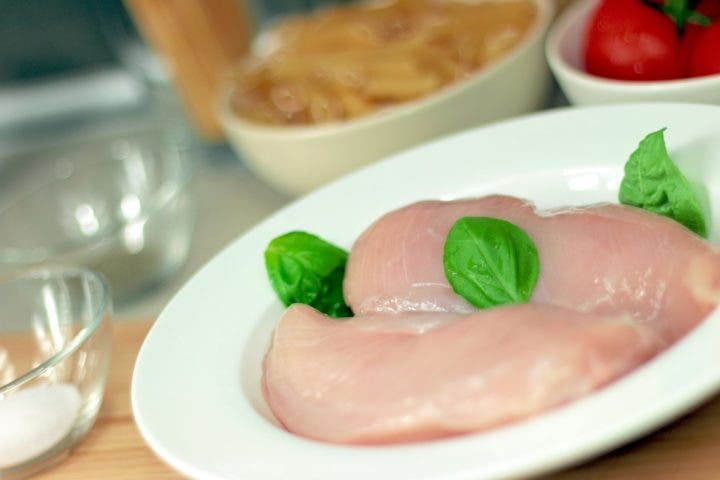
2. Cooking fish
Fish is a lean source of protein (between 19 and 26 grams per 85 grams), which has the advantage of not carrying the amounts of cholesterol in chicken thighs.
A good fish diet that includes at least 350 grams per week will provide you with nutrients such as omega 3 and iron, which are good for blood pressure and maintaining healthy cholesterol levels.
2.1 How to buy the fish?
A general advice: natural is always better. In the case of fish, looking for local and wild species is much more advisable than buying artificially raised species sold packaged. Doing this will not only save you money, but it will guarantee a fresher and more nutritious product.
2.2 How to prepare the fish?
If sush has shown us something, it is that fish is versatile and delicious in any presentation. However, there will always be some aspects to take into account to prepare it in a healthy and delicious way.
- It is best not to overcook the fish . One way to tell if this happens is when a white layer of protein appears around the skin and scales.
- Choose a medium or low flame.
- One method to find out if the fish is done is to notice that the skin becomes dull, and try to separate it with a fork: if it comes out easily, it is done.
- White fish is the one that can be cooked with the highest heat (approximately 145 degrees).
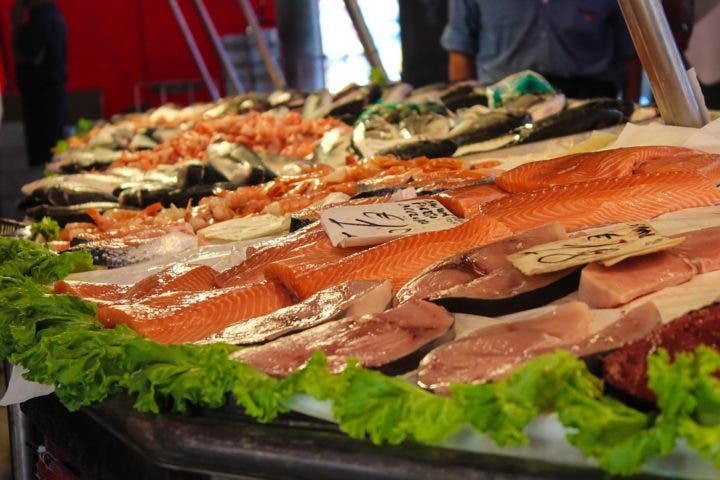
3. Cooking red meat
Cooking red meat is a more advanced level in the kitchen: with so many cooking terms and diverse uses, cooking meat represents a great effort. This is well justified, especially when you think about the amount of iron and protein it contains. In fact, red meat contains so many elements that cancer prevention organizations have recommended its consumption in moderation, not exceeding half a kg per week.
3.1 How to buy red meat?
When buying meat, it’s best to look for cuts that have been made recently. If you choose it from a pre-packed tray, look at the color of the meat . The appearance of discolored spots means that it takes a long time. For apprentice cooks, brisket is the most reliable option – it’s inexpensive, versatile, and difficult to overcook.
How to prepare red meat?
- You will rarely have to start cooking above 120ºC. These temperatures end up drying out the meat and cooking it unevenly.
- When you are splitting the meat, cutting it in the opposite direction of the fibers will help keep the pieces tender and juicy.
- Finding the end of the flesh is accomplished with practice. Little by little, try cutting the meat at different times, until you discover how to obtain the desired cut.
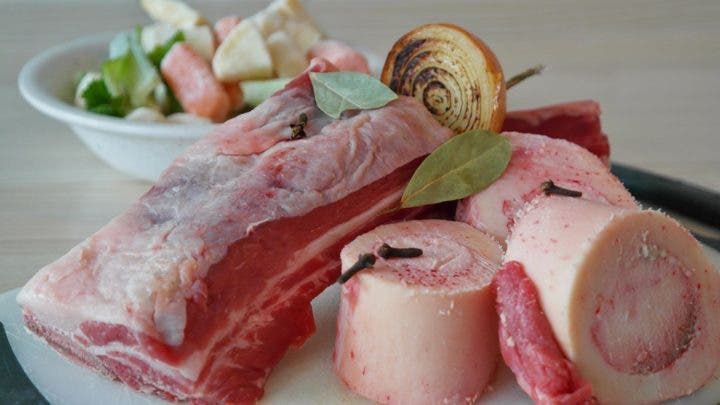
4. Cook turkey
Turkey contains iron, zinc, phosphorus, potassium, and all the B vitamins, so buying it is one of the most consistent investments you can make for your health. On the other hand, turkey is the protein on the list that is least reduced when cooked, which is also good for large appetites.
4.1 How to buy turkey?
Look for turkeys that have not been frozen previously , as humidity dramatically affects the flavor of this bird. If possible, buy free-range turkeys, not the artificially raised ones sold in supermarkets. Traditionally raised turkeys are better for weight loss as they are more active outdoors, making them less fatty.
4.2 How to prepare the turkey?
A first factor to take into account is that turkey dries quickly, as it contains little fat and a lot of protein. Cooking it, therefore, is a task of care.
- Use a thermometer to make sure it doesn’t exceed 145 or 150 degrees Celsius during cooking.
- Ground turkey meatballs are a good option if you want to consume it without creating major problems.
- Turkey chops are usually equally thin and not very fatty; When cooking them, try to varnish them with olive oil or a dressing of your choice.
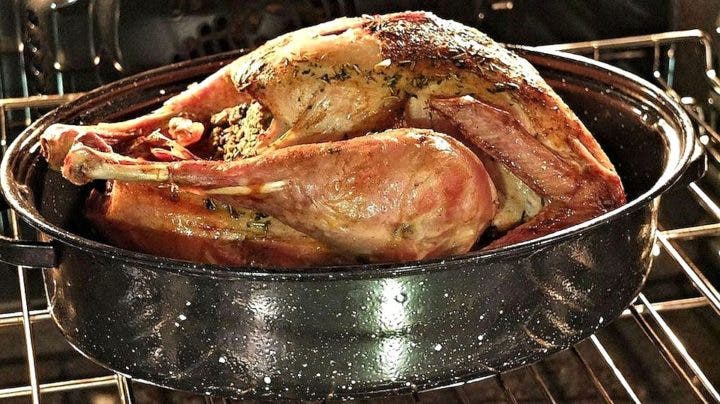
5. Cooking tofu
Even if meat isn’t your thing, that doesn’t mean you should give up protein in general. Half a cup of tofu, for example, contains at least 10 grams of protein, which makes it a valid option. Tofu also contains calcium and other nutrients such as amino acids that the body needs and does not produce naturally.
5.1 How to buy tofu?
Tofu comes in so many varieties that choosing which one to buy will depend on what you want to prepare. If you want to flavor a hot dish like a frittata, choose a firm one. If you intend to use it in a salad, look for a softer variety.
5.2 How to prepare the tofu?
The versatility of tofu is so great that almost any vegan cookbook includes it in abundance. Even with a small budget, you can incorporate it into any meal you prepare.
- Its flavor is light, so it is more important to focus on what you plan to serve it with.
- It is advisable to press it to remove excess moisture before putting it to cook and not alter the other flavors.
- Covering it with balsamic vinegar before cooking can be another useful option.
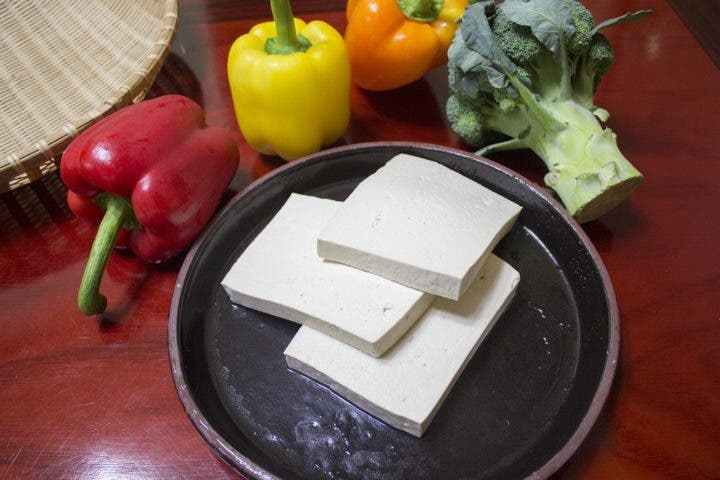
Reference
- Samantha Lefave. How to Cook Every Type of Meat (And Tofu). For Daily Burn. [Revised June 2016]